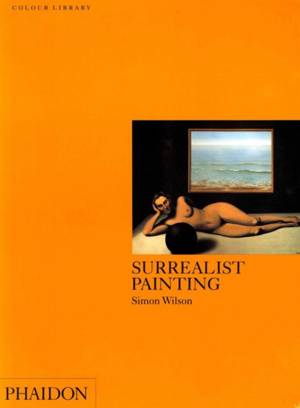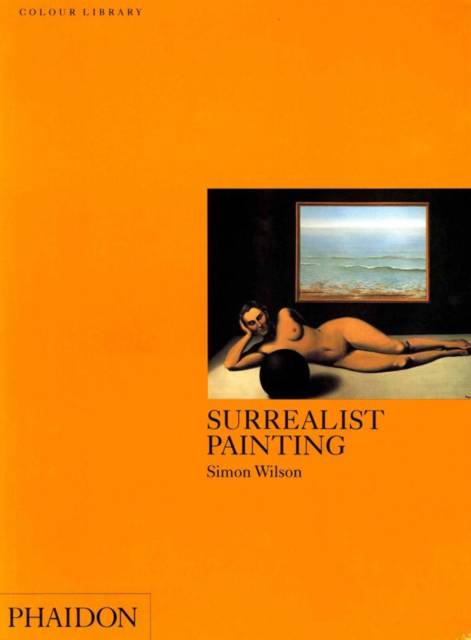
- Retrait gratuit dans votre magasin Club
- 7.000.000 titres dans notre catalogue
- Payer en toute sécurité
- Toujours un magasin près de chez vous
- Retrait gratuit dans votre magasin Club
- 7.000.0000 titres dans notre catalogue
- Payer en toute sécurité
- Toujours un magasin près de chez vous
9,95 €
+ 19 points
Description
'Sexual instinct, feeling of death, physical notion of the enigma of space....' - these, according to Salvador Dalí, are the 'great vital constants' that make up the vocabulary of the language of the unconscious - the language of the Surrealist painters. Dealing with the fundamentals of human existence, the Surrealists tried to create an art that is universal in its significance, speaking directly to the spectator's deepest instincts.
Their painting developed in two directions: Ernst, Magritte and Dalí reintroduced the powerful figurative imagery which had been largely missing since the revolution of Fauvism and Cubism; their art was also a revolt against the rationalism of abstract art. Miró, Masson and Matta, on the other hand, pursued the idea of automatism, painting out their inner impulses in spontaneous improvisation. In this survey of the Surrealist movement, the author presents a wide cross-section of its finest works, with an extended introduction and detailed commentaries on each of the 48 full-colour plates.
Their painting developed in two directions: Ernst, Magritte and Dalí reintroduced the powerful figurative imagery which had been largely missing since the revolution of Fauvism and Cubism; their art was also a revolt against the rationalism of abstract art. Miró, Masson and Matta, on the other hand, pursued the idea of automatism, painting out their inner impulses in spontaneous improvisation. In this survey of the Surrealist movement, the author presents a wide cross-section of its finest works, with an extended introduction and detailed commentaries on each of the 48 full-colour plates.
Spécifications
Parties prenantes
- Auteur(s) :
- Editeur:
Contenu
- Nombre de pages :
- 128
- Langue:
- Anglais
- Collection :
Caractéristiques
- EAN:
- 9780714827223
- Date de parution :
- 12-08-98
- Format:
- Livre broché
- Format numérique:
- Trade paperback (VS)
- Dimensions :
- 224 mm x 301 mm
- Poids :
- 512 g

Les avis
Nous publions uniquement les avis qui respectent les conditions requises. Consultez nos conditions pour les avis.






